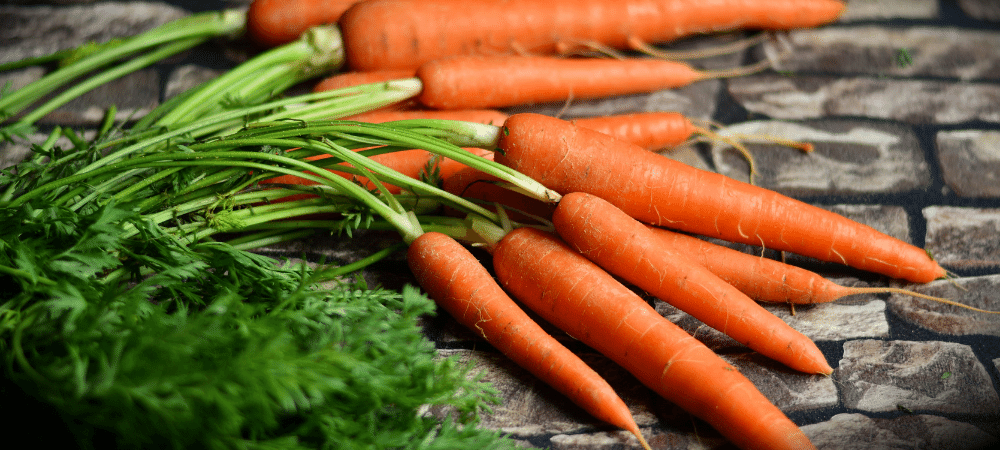Vegetables

Onion (Small & Big)
Onions, available in both small and large varieties, are indispensable ingredients in the culinary world. Small onions, often referred to as shallots or pearl onions, are prized for their delicate, mild flavour and are frequently used in salads, sauces, and pickles. On the other hand, large onions, such as yellow, red, and white onions, provide a robust and pungent flavour, making them ideal for sautéing, caramelizing, and adding depth to a wide range of savoury dishes. Small and large onions contribute both taste and essential nutrients like fibre and antioxidants to our diets, making them a fundamental staple in many cuisines globally.

Tomato
Tomatoes, scientifically known as Solanum lycopersicum, are vibrant, versatile fruits that have become a staple in global cuisine. They are known for their rich, slightly tangy flavour and are used in various culinary applications, from salads and sauces to soups and sandwiches. Tomatoes are a rich source of vitamins, particularly vitamin C and potassium, and are also packed with antioxidants like lycopene, which is linked to various health benefits, including reduced risk of chronic diseases. Whether enjoyed fresh, cooked, or processed into products like ketchup and canned tomatoes, this red, juicy fruit continues to play a central role in a wide range of savoury and sweet dishes around the world.

Carrot
Carrots are vibrant, nutritious root vegetables known for their bright orange colour and crisp texture. They are a rich source of beta-carotene, a powerful antioxidant that the body converts into vitamin A, essential for maintaining healthy vision, skin, and immune function. Carrots are versatile in the kitchen, used in salads, and soups, and as a popular snack when raw. Their sweet and earthy flavour, combined with their nutritional value, makes them a wholesome addition to a balanced diet, promoting overall health and well-being.

Potato
Potato, a versatile and widely consumed starchy tuber, holds a central place in global cuisine. Known scientifically as Solanum tuberosum, it is a staple food in many cultures, appreciated for its adaptability in culinary applications. Potatoes can be boiled, baked, mashed, fried, or roasted, and they serve as a vital source of carbohydrates, vitamins, and minerals. They are not only a comforting and delicious addition to countless dishes but also a significant agricultural crop, contributing to global food security.

Brinjal
Eggplant, also known as aubergine or brinjal in different parts of the world, is a versatile and nutrient-rich vegetable commonly used in various culinary traditions. It is characterized by its deep purple skin and creamy, white flesh. Eggplant can be prepared in numerous ways, such as grilling, roasting, frying, or stewing, making it a staple ingredient in dishes like ratatouille, moussaka, and baba ghanoush. Rich in fibre, vitamins, and antioxidants, eggplant not only adds a unique flavour and texture to recipes but also offers potential health benefits, including improved digestion and heart health.

Ladies Finger
Ladies finger, scientifically known as Okra or Abelmoschus esculentus, is a green, pod-shaped vegetable popular in many cuisines worldwide. This nutrient-rich vegetable is known for its distinct mucilaginous texture when cooked, which can add thickness to soups and stews. Ladies finger is a good source of vitamins, fibre, and antioxidants, making it a healthy addition to a balanced diet. It is commonly used in dishes like gumbo, stir-fries, and curries, and its versatility in cooking makes it a favourite among those seeking nutritious and flavourful vegetable options.

Lemon
Lemon, a bright and zesty citrus fruit, is celebrated for its versatility and refreshing flavour. Bursting with vitamin C, lemons are not only a culinary staple but also a popular natural remedy for their potential health benefits. Whether used to add a tangy kick to dishes, as a refreshing garnish or as the star of beverages like lemonade, this citrus fruit continues to be a beloved ingredient worldwide.
